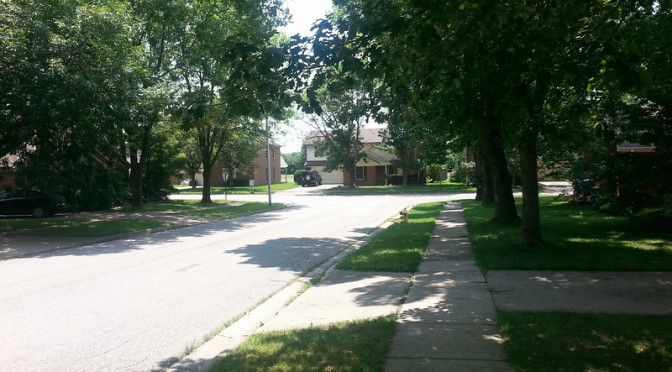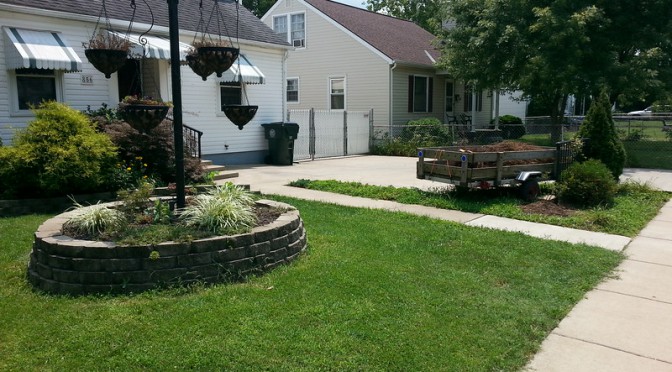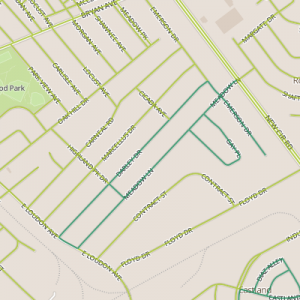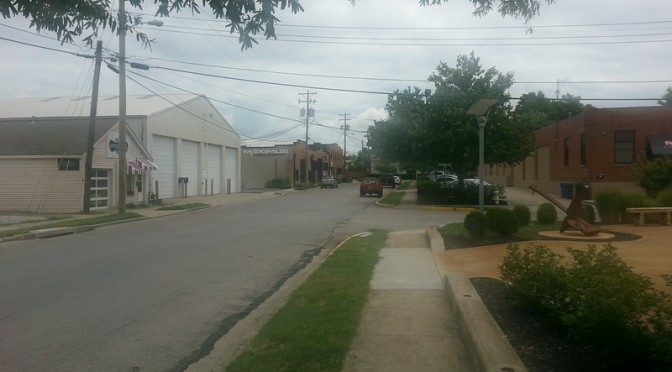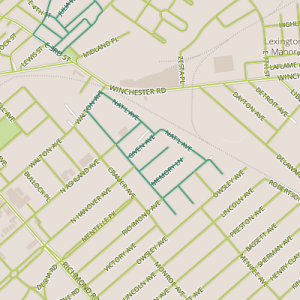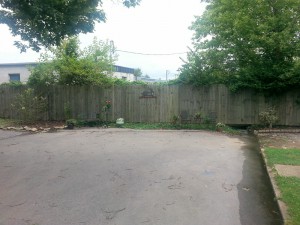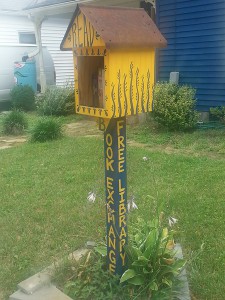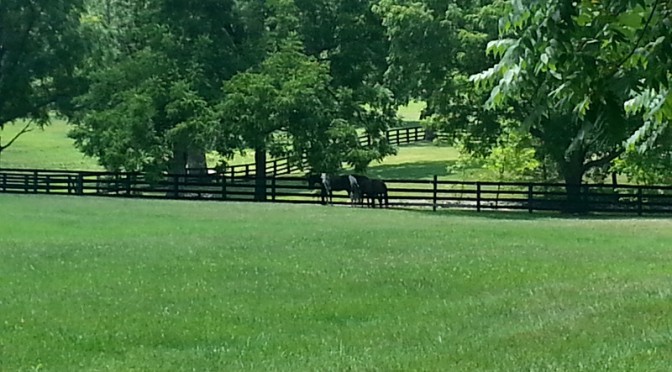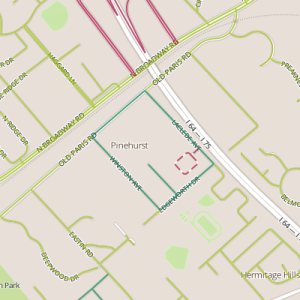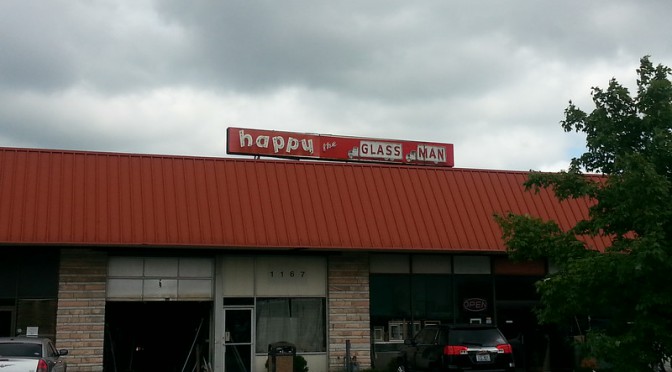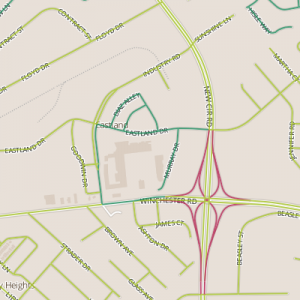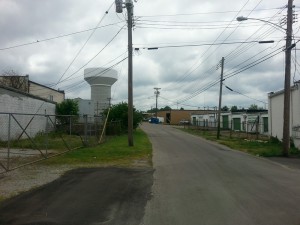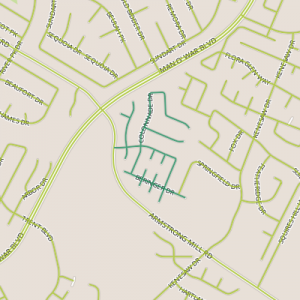 Today was spent in a neighborhood called The Vineyards, and we have the wine reference to thank for many of the street names, e.g., Marsanne, Chardon, Gamay. Sometimes, I wish I could spend more time thinking about street names (too often, they are attached to impossibly short segments of road). Here, one could learn something. This neighborhood is also home to another street name that should please me because of it’s relation to walking: Promenade. Unfortunately, today, Promenade hardly felt like a street you would walk for pleasure, being, I would suggest, a little too long an uninterrupted (though not as bad as it’s neighbor, Colonnade).
Today was spent in a neighborhood called The Vineyards, and we have the wine reference to thank for many of the street names, e.g., Marsanne, Chardon, Gamay. Sometimes, I wish I could spend more time thinking about street names (too often, they are attached to impossibly short segments of road). Here, one could learn something. This neighborhood is also home to another street name that should please me because of it’s relation to walking: Promenade. Unfortunately, today, Promenade hardly felt like a street you would walk for pleasure, being, I would suggest, a little too long an uninterrupted (though not as bad as it’s neighbor, Colonnade).
This neighborhood (especially the portion south of Crossen, had some neat features. First, trees were planted between the house and the sidewalk rather than in what I am used to calling the “tree lawn” between the sidewalk and the street. This had a nice effect, maintaining an open feel while maintaining shade on the sidewalk. Then, the houses on cul-de-sacs were placed together in an unusual way, so that houses on adjacent cul-de-sacs (or even on the opposite end of the block) were next to each other. This felt cozy and communal, especially if the houses didn’t have a fence between them, in which case it felt like there was a natural path between cul-de-sacs.
What works: Connected cul-de-sacs have the benefits of seclusion without isolation
What doesn’t: Long, uninterrupted streets were tedious, and I’m glad I don’t have to drive it every day, let alone walk it.
